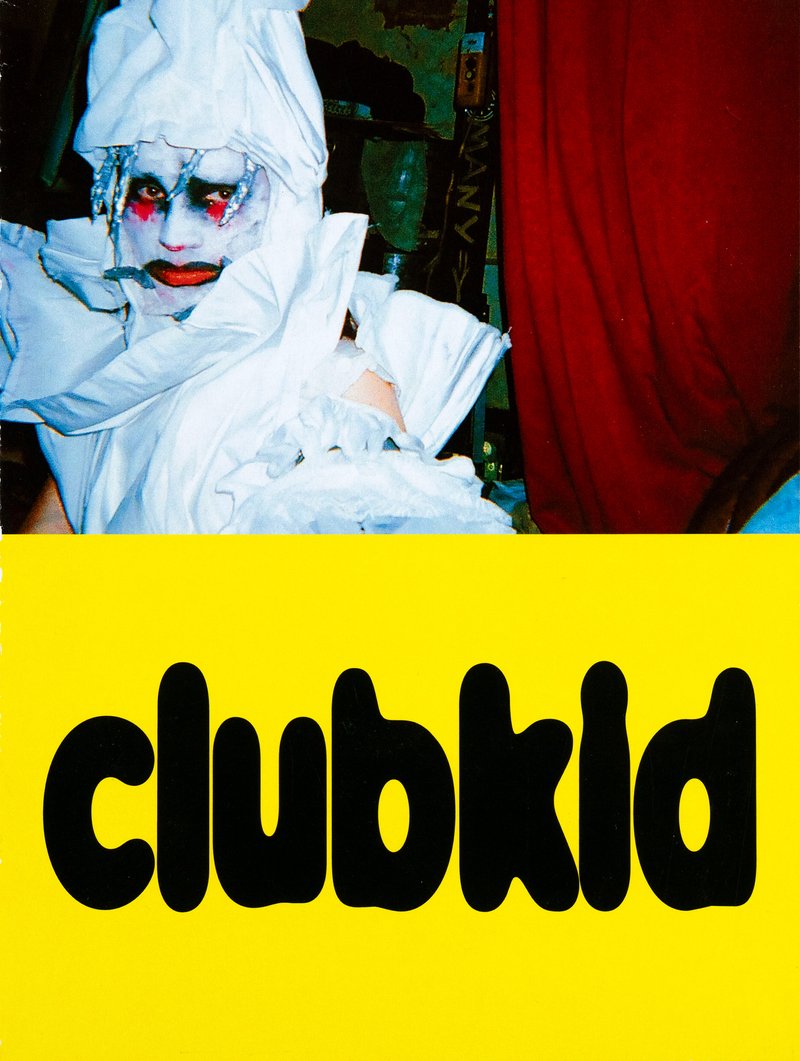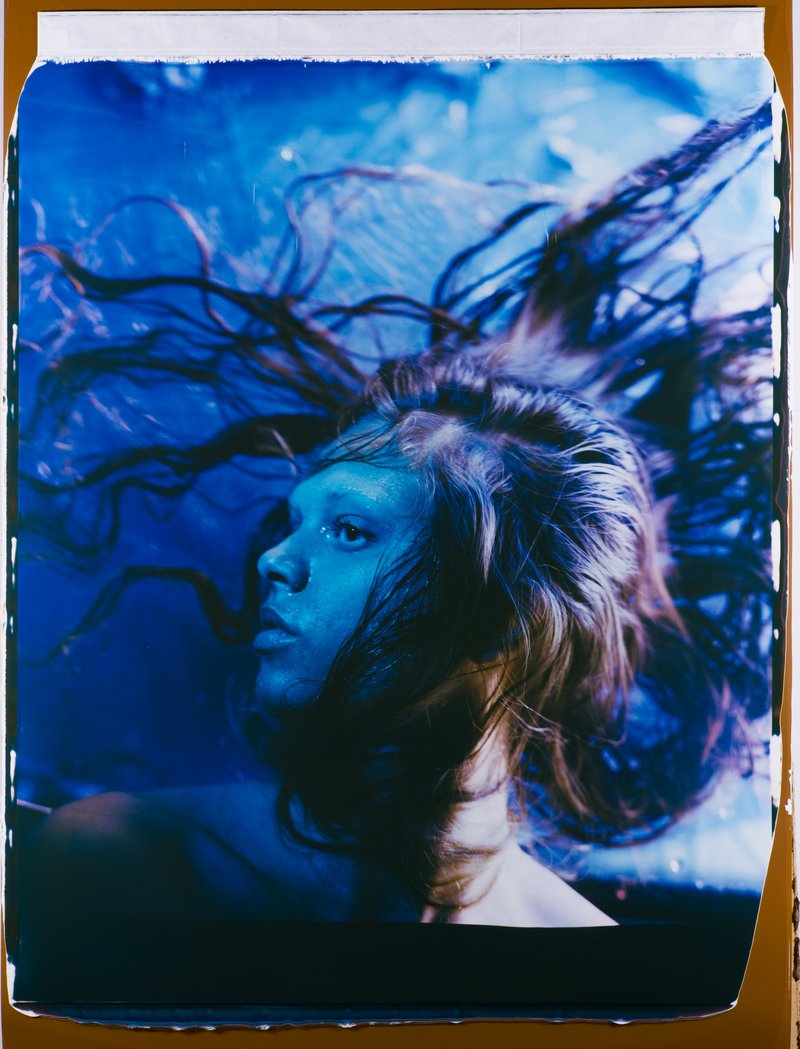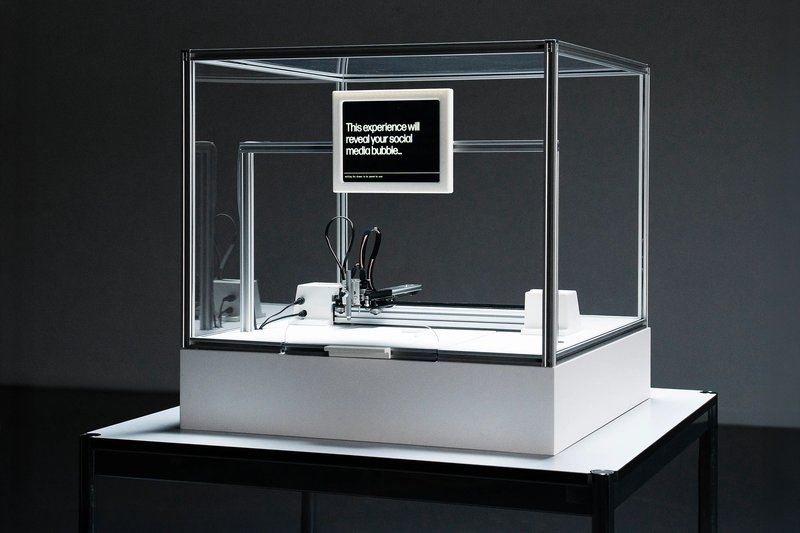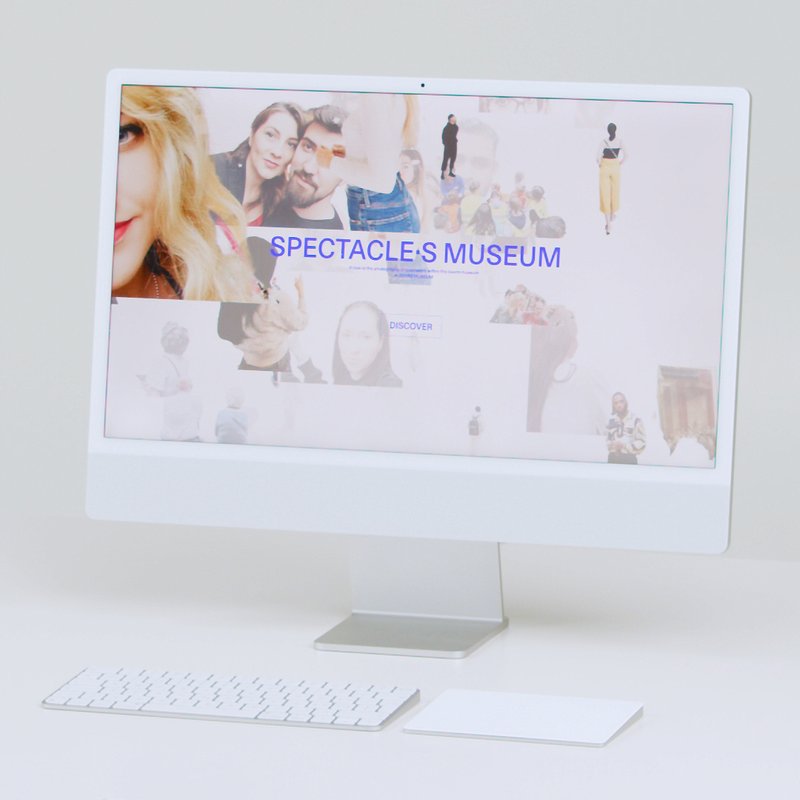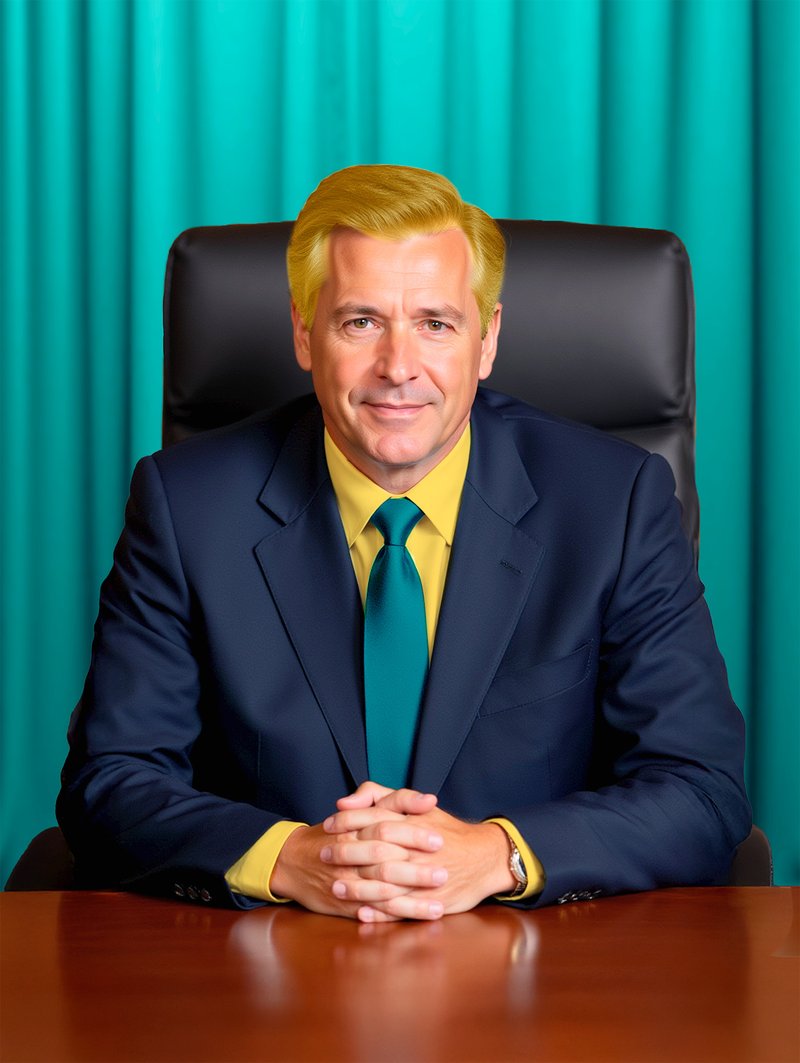Carried out from September 2025 to Spring 2026, this research aims to examine an unthought-of aspect of generative AI and CGI: the significance of human emotions, both in the creation of these tools (database annotation, software programming, cultural bias) and in the perception of the produced images (empathy, visual culture, subconsciousness) or their uses (capitalism of emotion, soft power, self-representation, political propaganda). The discussion and research surrounding the exponential development of AI technologies in visual culture often overlook this emotional component, even though it is structurally linked to these technologies, as they necessarily involve human apprehension. Unlike automated images, which frequently have an operational function and are only ‘seen’ by machines, images generated by AI and CGI are essentially created for humans, whether for social networks, advertising, industry, politics, or the artistic field.
Soft Photography aims to examine the role and function of emotions by analyzing these new photographic tools and looking at specific occurrences, such as memories reconstructed in CGI or AI. Far from strictly formal experimentation, these practices demonstrate the complex entanglement between emotion, subjectivity, technical processes, and vulnerability. The project, therefore, aims to map, analyze, and experiment with the place of emotions within these new practices.
Image: Clean Girl, ECAL/Mirielle Rohr, 2025
- Project leader
-
Milo Keller
- Research team
-
Giulia Bini
Marco de Mutiis
Claus Gunti
Milo Keller
Clément Lambelet
- Lecturers
-
Salomé Chatriot
Charlie Engman
Simon Lehner
- Contributors
-
Ann-Christin Bertrand
Simone C Niquille
Paolo Cirio
Kim Knoppers
Taisuke Koyama
Clothilde Morette
- Assistants
-
Tanguy Morvan
Fabienne Watzke
- Students
-
Riccardo Androni, IT
Elisa Azevedo, PT
Eva Bao Rivas, IT
Francesca Bergamini, IT
Min Dai, CN
Alix Debraine, CH
Lóa Fenzy, IS
Xiao Fu, CN
Nabarun Gogoi, IN
Elisa Hampe, IT
Doyoung Kim, KR
Binyu Lin, CN
Zhiyue Liu, CN
Andrey Lopatin, RU
Thomas Martin, UK
Jose Martinez Martin, MX
Daniel Martínez, ES
Eriko Miyata, JP
Visvaldas Morkevicius, LT
Gaia Pierobon, IT
Luna Pons, FR
Mirielle Rohr, DE
Clara Stote, BE
Julieta Tarraubella, AR
- Period
-
September 2024 – Spring 2026
- Supported by
-
HES-SO, Réseau de Compétences Design et Arts Visuels RCDAV
